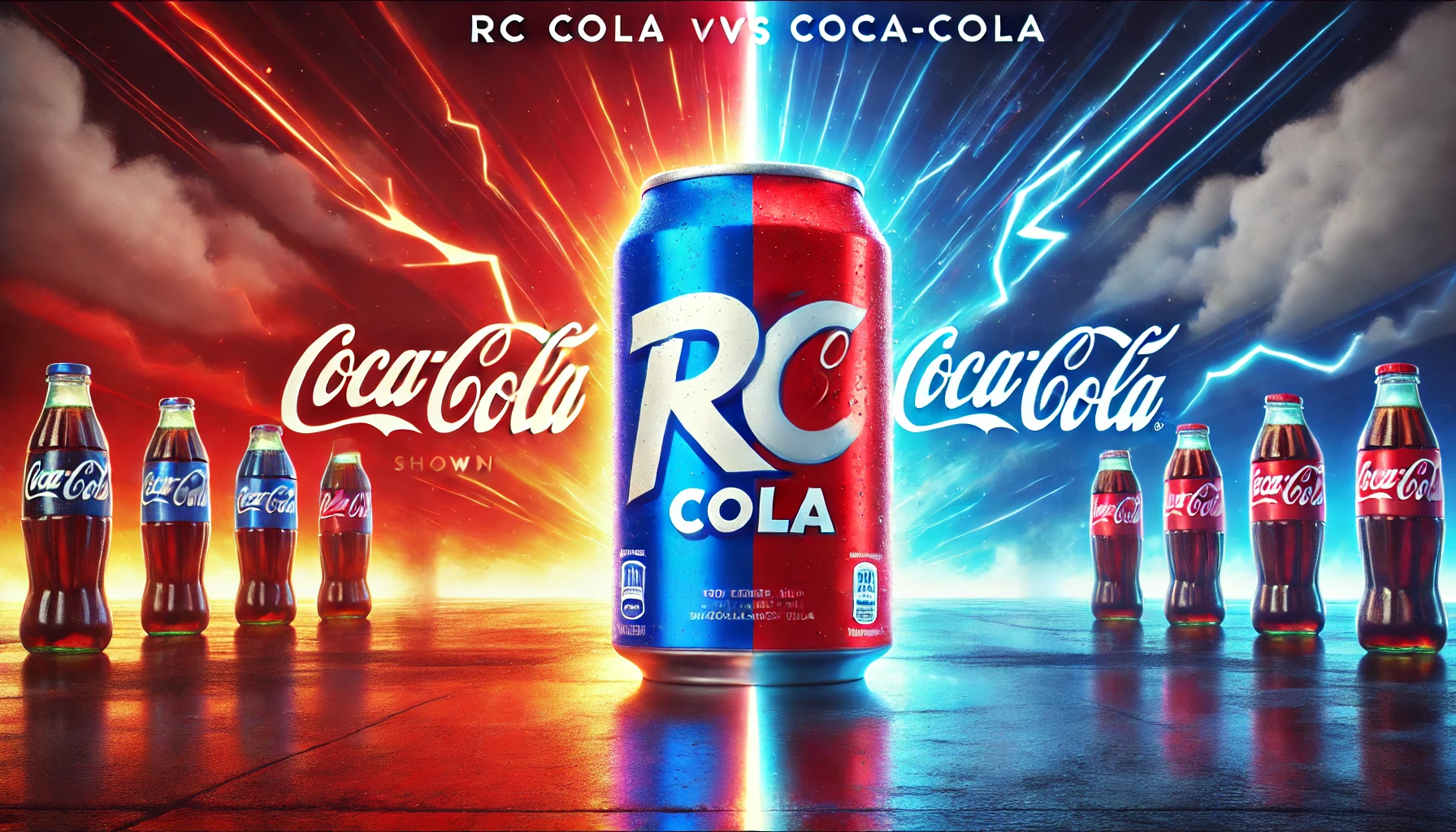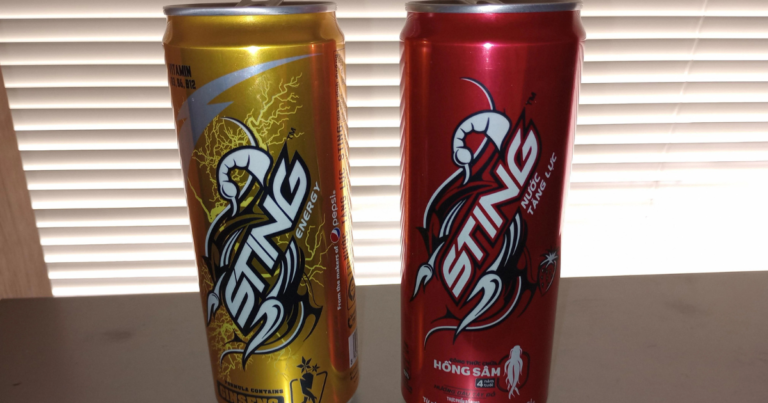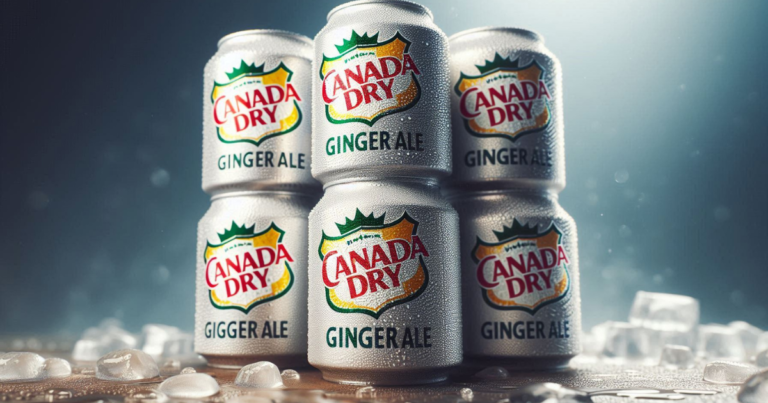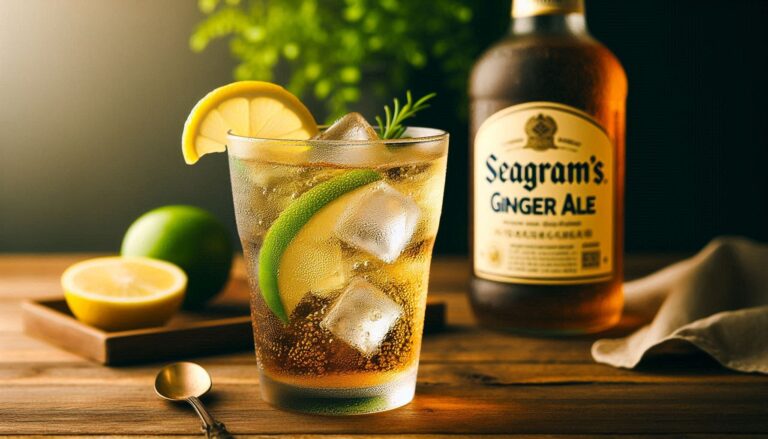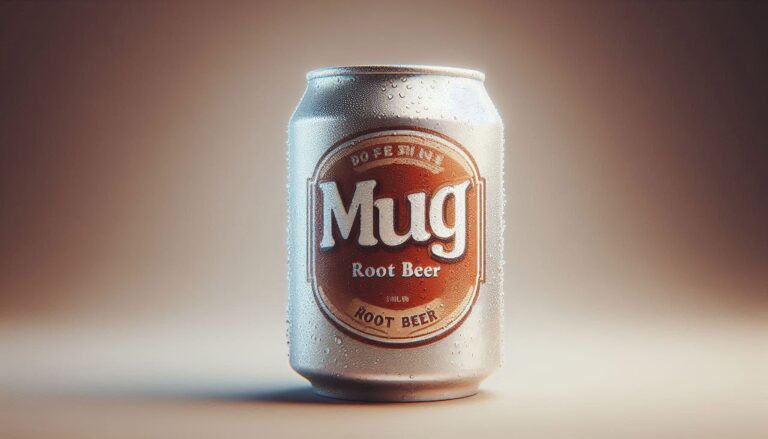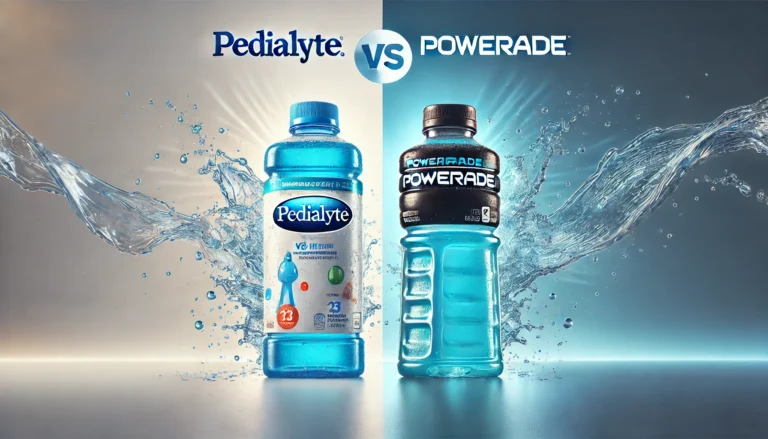RC Cola vs Coca-Cola: A Comprehensive Guide to Taste, Ingredients, Nutrition, and Popularity
When it comes to soft drinks, the rivalry between RC Cola and Coca-Cola has been simmering for decades. While Coca-Cola has long been a global giant, RC Cola has carved out a niche for itself, often lauded for its affordability and unique taste. In this blog, we’ll dive deep into the comparison between these two sodas, looking at their taste profiles, ingredients, nutritional value, pricing, and the reasons why people choose one over the other. If you’re wondering which soda deserves a spot in your fridge, keep reading to find out!
1. Taste: What Sets RC Cola and Coca-Cola Apart?
Taste is the first thing that comes to mind when comparing sodas, and it’s a key factor in determining which cola brand people gravitate towards.
Coca-Cola: Known for its crisp, slightly caramelized flavor, Coca-Cola offers a blend of sweet and spicy notes, which have made it a global favorite. The soda’s sweetness is balanced with a slight acidity, and its carbonation level is high, giving it a refreshing zing that pairs perfectly with a hot day or a hearty meal. For many, the distinct flavor of Coca-Cola is synonymous with cola itself.
RC Cola: RC Cola, on the other hand, has a slightly less sweet and more robust flavor profile. While still retaining the familiar cola taste, it often has a less fizzy and smoother texture than Coca-Cola. The sweetness in RC Cola is more subdued, which some consumers prefer as it doesn’t overpower the other flavors. It’s an option that some describe as less syrupy and a bit more mellow compared to Coca-Cola’s boldness.
Taste Test Results: So, which one tastes better? The answer varies depending on personal preference. Coca-Cola is the go-to for those who love that perfect cola flavor that’s been perfected over years of marketing and customer loyalty. However, RC Cola’s taste is a great choice for those who find Coca-Cola a bit too sweet or crave something less intense. In blind taste tests, many consumers note that RC Cola offers a cleaner finish with less aftertaste.
2. Ingredients: A Closer Look at What’s Inside
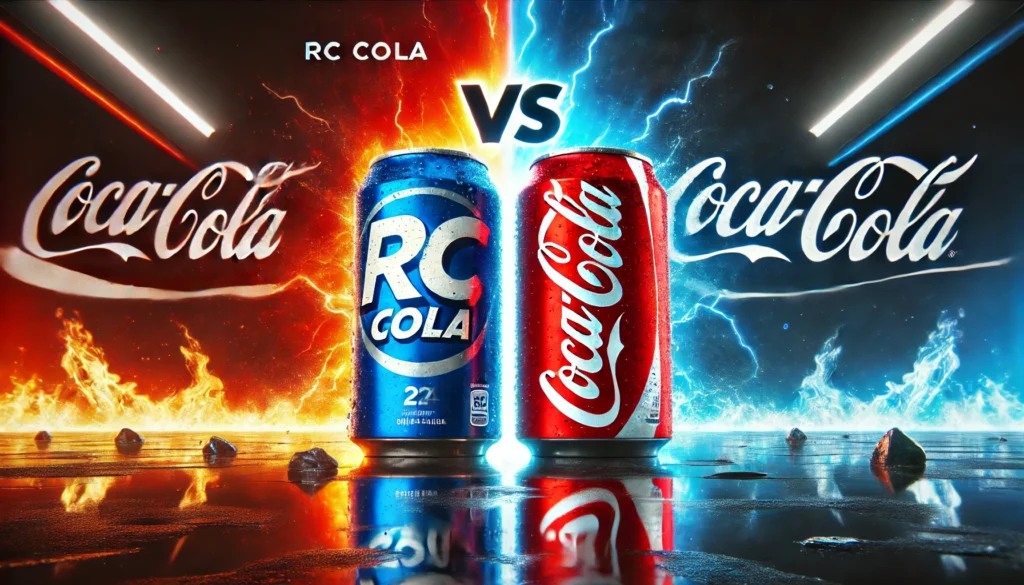
When we look at the ingredients of each soda, it’s interesting to note that both RC Cola and Coca-Cola share several common ingredients, like carbonated water and high fructose corn syrup. However, there are subtle differences that set them apart.
Coca-Cola Ingredients: According to Coca-Cola’s official ingredient list, the soda is made with:
Here are the ingredients listed point-wise:
- Carbonated Water
- High Fructose Corn Syrup
- Caramel Color
- Phosphoric Acid
- Natural Flavors
- Caffeine
RC Cola Ingredients: RC Cola’s ingredient list, as shared by its official site, includes:
Here are the ingredients listed point-wise:
- Carbonated Water
- High Fructose Corn Syrup
- Caramel Color
- Phosphoric Acid
- Caffeine
- Natural Flavors
- Acacia Gum
3. Nutrition: Breaking Down the Numbers
Nutritional value is another crucial aspect that many consumers look into before making a purchase. While sodas are generally not considered health foods, it’s still important to compare the nutritional differences to see which option aligns better with your health goals.
Coca-Cola Nutrition (per 12 oz can):
- Calories: 140
- Total fat: 0 grams
- Saturated fat: 0 grams
- Trans fat: 0 grams
- Total carbohydrates: 39 grams
- Net carbohydrates: 39 grams
- Total sugars: 39 grams
- Added sugars: 39 grams
- Protein: 0 grams
- Sodium: 45 milligrams
RC Cola Nutrition (per 12 oz can):
- Serving Size: 12 fl oz (355 ml)
- Calories: 160
- Total Fat: 0g (0% DV)
- Sodium: 40mg (2% DV)
- Total Carbohydrates: 43g (14% DV)
- Total Sugars: 43g
- Protein: 0g
- DV = Daily Value, based on a 2,000 calorie diet.
4. Affordability: Which Cola Is Easier on Your Wallet?
In today’s economy, price can play a significant role in choosing between two similar products. Let’s look at the affordability of RC Cola and Coca-Cola.
Coca-Cola Pricing: Coca-Cola is a global brand with widespread distribution, and while it is available in many price ranges, it tends to be on the more expensive side, especially when purchased in cans or bottles in convenience stores or at restaurants. For example, a 12-pack of Coca-Cola cans can range between $5 to $7 depending on location and offers.
RC Cola Pricing: RC Cola, being a more niche brand, is generally more affordable. You can find it at lower prices compared to Coca-Cola, especially in markets where it’s not as widely available. A 12-pack of RC Cola typically costs between $3 to $5. This lower price point makes RC Cola a popular choice for budget-conscious consumers.
Price Comparison: In terms of price, RC Cola is often seen as the more affordable option. While Coca-Cola’s premium branding can drive up its cost, RC Cola’s simpler packaging and lower distribution costs keep the price down.
5. Popularity: Why Do People Choose Coca-Cola?
Coca-Cola’s popularity is nearly unmatched. The brand has built a massive following over the decades, thanks to its widespread availability and iconic status.
Coca-Cola’s Global Reach: Coca-Cola is available in virtually every country in the world. Its market dominance is bolstered by significant advertising campaigns and high-profile sponsorships, including partnerships with major events like the Olympics and FIFA World Cup. Coca-Cola’s long-standing presence in pop culture, from its classic holiday ads to its presence in movies and TV shows, has solidified its status as the world’s most recognized beverage brand.
RC Cola’s Niche Appeal: While RC Cola doesn’t have the same level of global recognition, it does have a loyal fan base. In some regions, RC Cola is seen as a more affordable, slightly less sweet alternative to Coca-Cola. People who are looking for a cola that is “close enough” to Coca-Cola but at a lower price often choose RC Cola.
6. Sugar Content: Which Cola Packs a Sweet Punch?
Sugar content is often a key concern for those watching their sugar intake. Let’s compare the sugar content in both sodas.
Coca-Cola Sugar Content: Coca-Cola contains 39 grams of sugar in a 12 oz serving. This is the equivalent of about 9.75 teaspoons of sugar. Coca-Cola’s sugar content is consistent across most of its regular cola variants.
RC Cola Sugar Content: RC Cola also contains 39 grams of sugar in a 12 oz serving, which is similar to Coca-Cola’s sugar content. This means both sodas are equally sweet in terms of sugar content.
Sugar Comparison: Both sodas contain the same amount of sugar, so there is no significant difference in this category. However, as both sodas are available in diet variants (Diet Coca-Cola and Diet RC Cola), consumers looking to reduce sugar intake have options in both brands.
7. Caffeine Content: Who Packs More of a Punch?
Caffeine is another factor that plays a role in many consumers’ decision-making process. Let’s look at the caffeine content of each soda.
Coca-Cola Caffeine: Coca-Cola contains 34 mg of caffeine per 12 oz can. This is a moderate amount of caffeine, offering just a mild boost in energy.
RC Cola Caffeine: RC Cola contains 44 mg of caffeine per 12 oz can. That’s 10 mg more than Coca-Cola, which might appeal to those who need a little extra pick-me-up.
Caffeine Comparison: If caffeine content is a deciding factor for you, RC Cola gives you a bit more of an energy boost compared to Coca-Cola.
Conclusion: Which Cola Should You Choose?
At the end of the day, the choice between RC Cola and Coca-Cola comes down to personal preference and priorities. If you’re looking for a globally recognized brand with a rich history, smooth taste, and extensive availability, Coca-Cola is your best bet. However, if you prefer a more affordable cola with a slightly less sweet, more robust flavor, RC Cola might be the right choice for you.
Both sodas have their unique qualities, and each appeals to different tastes and preferences. Whether you’re enjoying a can with lunch or serving it at a party, both RC Cola and Coca-Cola have earned their place as staples in the world of soft drinks. The choice is yours—so, which one will you choose?
